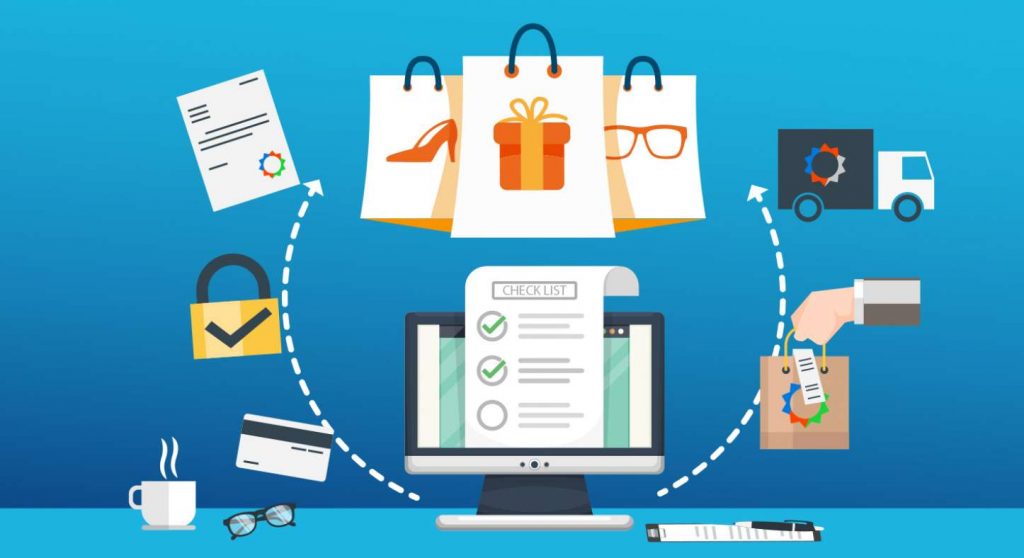A clearly defined plan is essential for success in today’s fast-paced e-commerce environment. Understanding the main milestones and best practices in the Shopify process will significantly improve your ability to create outstanding e-commerce service experiences, regardless of whether you are an experienced developer or just getting started.
Moreover, In this article, we’ll examine the significant turning points and recommended practices that will help you utilize Shopify to its fullest. We’ve got you covered on everything from setting up your development environment to mastering the art of designing attractive themes and potent applications.
A Strategy For Shopify’s Development
We’ll concentrate mostly on the elements of the Shopify development plan in this part.

- Establish Your Goals
First, You should always begin by outlining your project’s specific goals and objectives. Decide what you want your online store to accomplish, such as boosting sales, growing your customer base, or enhancing brand recognition.
- Study and preparation
Then, To better understand your target market, competitors, and market trends, conduct detailed market research. Then, Make a detailed strategy outlining the organization, appearance, and functioning of your store using the information provided. To boost your Shopify store development services path, take into account elements like product categories, payment gateways, delivery choices, and marketing tactics.
- Create a Shopify store
You must register for a Shopify account and choose the proper pricing option. Then modify your store’s domain name, currency, and language choices. Set up the required elements, including payment processors, taxes, and delivery. Understand the Shopify admin interface and how to utilize it.
- Choose a theme
This is a normal method for Shopify development. So look through Shopify’s large collection of themes and pick one that complements your brand’s identity while still being aesthetically appealing and responsive. Make the article your own by adding your touches and making it mobile-friendly. Make sure the theme is simple to use and offers a pleasant browsing experience.
- Personalize Your Design
To alter the appearance of your store, use the Shopify theme editor or work with a Shopify developer. Match your brand’s colors, typefaces, and layouts.
Additionally, you can also use the Shopify development services guidelines to design a simple yet aesthetically pleasing user interface that improves the user experience overall.
- Add items to collections
Put your items into logical groups and categories. Then add eye-catching product photos and strong descriptions. Set up pricing, inventory control, and product variations as necessary. Create product search and filtering options to make it easier for customers to locate what they’re looking for.
- Improve Usability with Apps
Look through the Shopify App Store to identify applications that can improve the functionality of your store. Installing and setting up applications is necessary for services like email marketing, analytics, and social media integration. To create a seamless user experience, pay attention to app compatibility and performance. Your store’s performance and optimization may be impacted by this Shopify development strategy.
Add relevant keywords to headers, URLs, and meta tags to improve them. Create original and captivating content for landing sites, blogs, and product descriptions. Utilise Shopify’s built-in SEO tools and think about employing SEO applications for further optimization.
- Test and improve
Then must properly test your Shopify store across a variety of hardware, and browsers. Verify the site for any broken links, inconsistent design elements, or performance problems. To improve usability and functionality, gather user input and make the required changes.
- Update and maintain
Keep your store updated with new products, special offers, and engaging content to keep it interesting. Although Keep up with Shopify’s upgrades and new features, and use them to improve the efficiency of your shop.
This road map will help you successfully traverse the Shopify web development process and build an online store that generates revenue and satisfies consumers.
Guidelines for Good Development
These techniques improve the functionality and speed of your Shopify store development workflow while also improving user experience.

The following are some important best practices to keep in mind:
- Take Care When Customising
While it may be tempting to completely personalize your Shopify site, it’s crucial to maintain balance. Let’s imagine you want to provide a special function that enables users to add unique text to their purchases. Use a trustworthy app from the Shopify App Store that specializes in product customization rather than creating a complicated and resource-intensive solution from scratch.
This method reduces the amount of time needed for development, guarantees compatibility with upcoming upgrades, and offers a smooth user experience. A Shopify development company can potentially complete the task for you.
- Improve For Mobile
Mobile optimization must be given top priority because mobile devices account for the bulk of web traffic. Make sure your Shopify site is responsive and offers a fluid browsing experience on a range of screen widths.
- Implement a version control system
For tracking code changes and interacting with other developers, implementing a version control system, such as Git, is essential.
You can keep track of changes, roll back to earlier versions if necessary, and work on several features at once without causing conflicts. This is also very beneficial for creating Shopify apps.
- Improve Page Load Time
Your custom website may have slow-loading pages that result in significant bounce rates and a bad user experience, much like the custom Shopify app.
Moreover, Reduce the size of your images, use caching, and optimize your code to improve the speed of your Shopify store development services. For the best Shopify performance optimization, often check and assess your store’s speed using programs like Google PageSpeed Insights or GTmetrix.
- Store Security
It is crucial to protect the data of your clients. Make sure your Shopify store is connected securely through HTTPS, and take additional security precautions like two-factor authentication and frequent backups.
Always maintain the most recent security updates and keep an eye out for any shady behavior. To handle security, you may either engage a Shopify developer or a Shopify Plus agency.
- Keep Up With the Shopify Ecosystem
Shopify updates its platform frequently, adding new features and improving existing ones. In fact, Keep up with these upgrades and make use of the new features to improve your store’s performance and keep up with the competition.
Conclusion
In conclusion, this Shopify Development Roadmap will provide you with the knowledge and resources needed to meet the difficulties of e-commerce development, whether you’re a company owner hoping to build a strong online presence or a developer looking to broaden your skill set.
For all Shopify store development services and modifications in the UAE, get in touch with Experts in Shopify, the top Shopify developers in Dubai. Get in touch with us right now to learn more about the many packages we provide and to get a free estimate!




